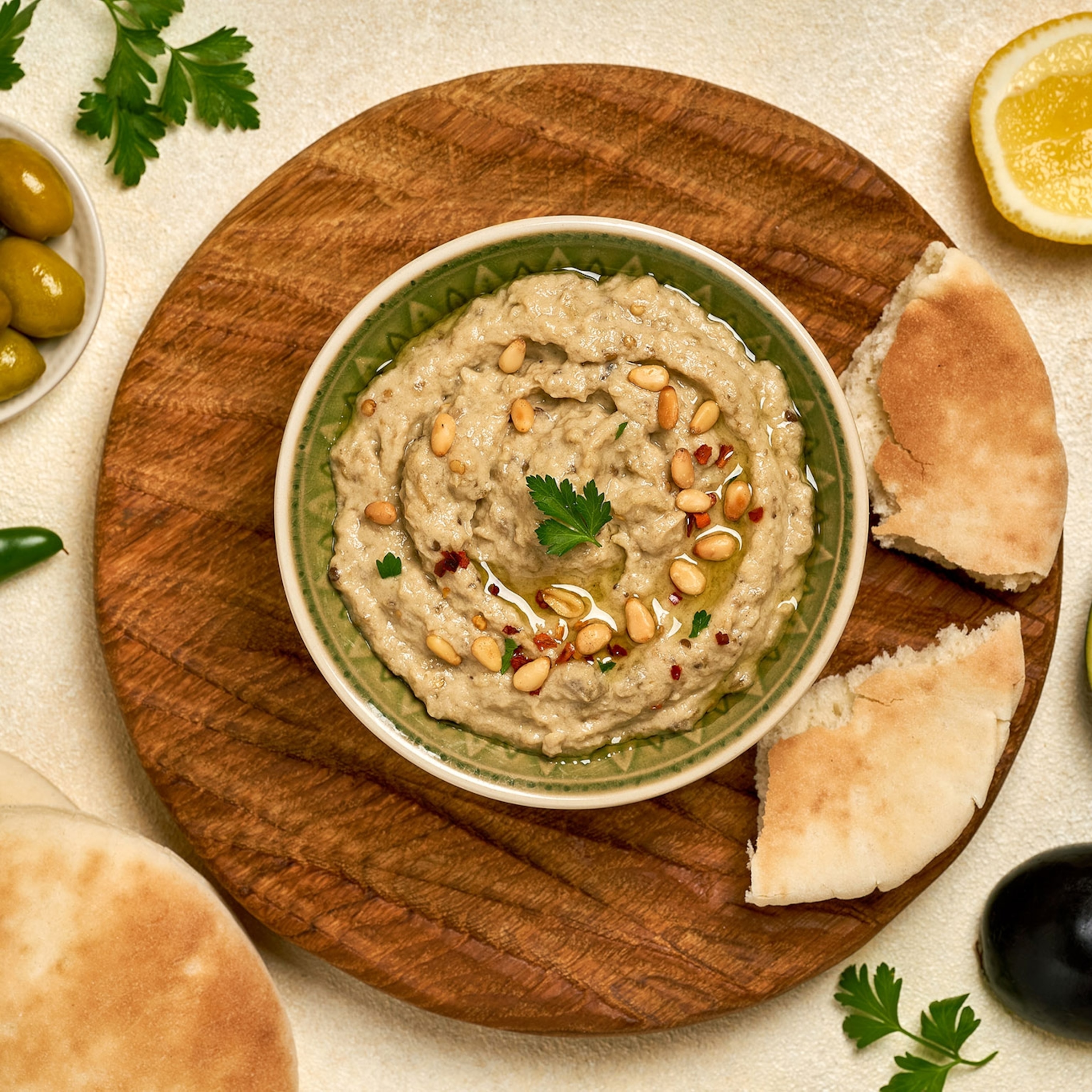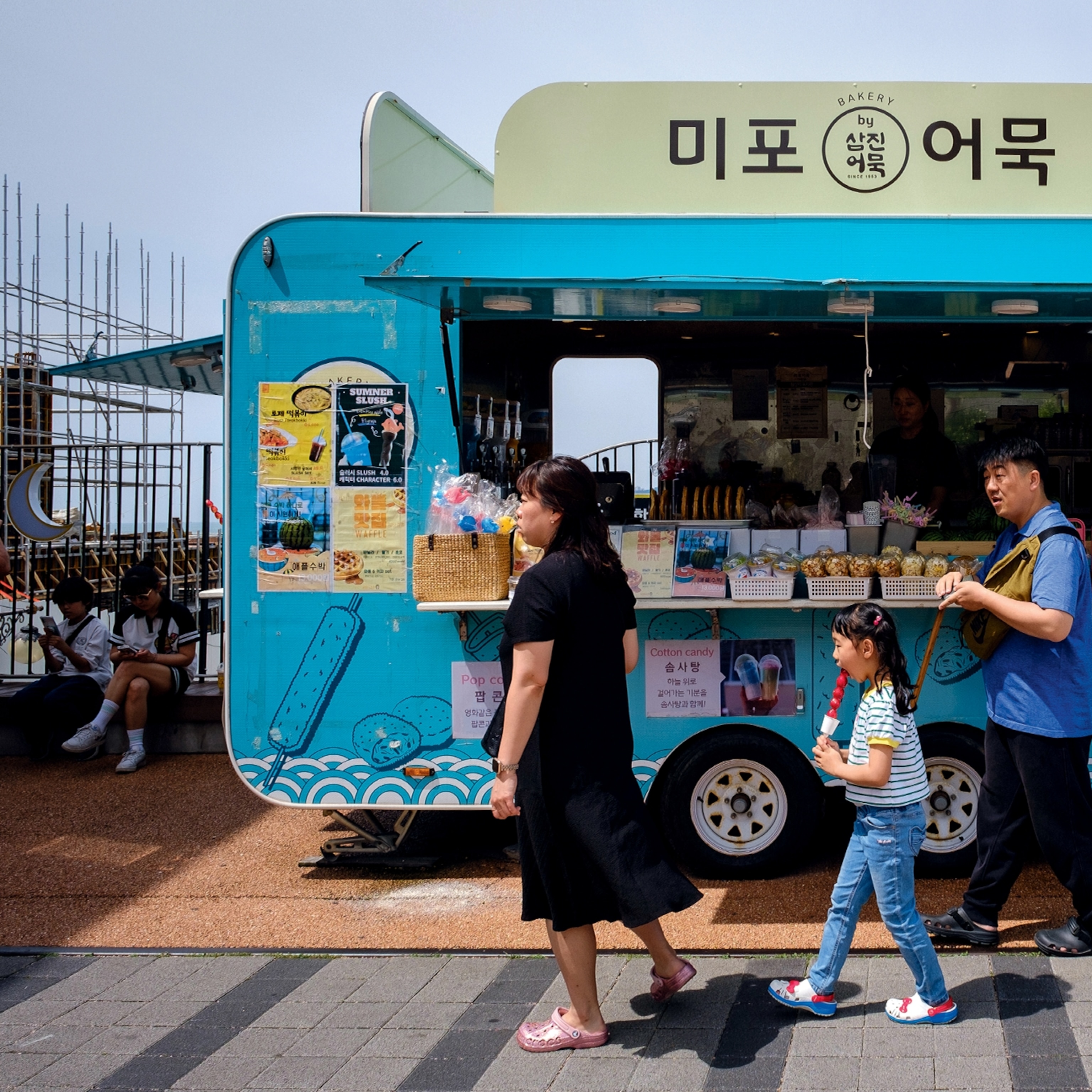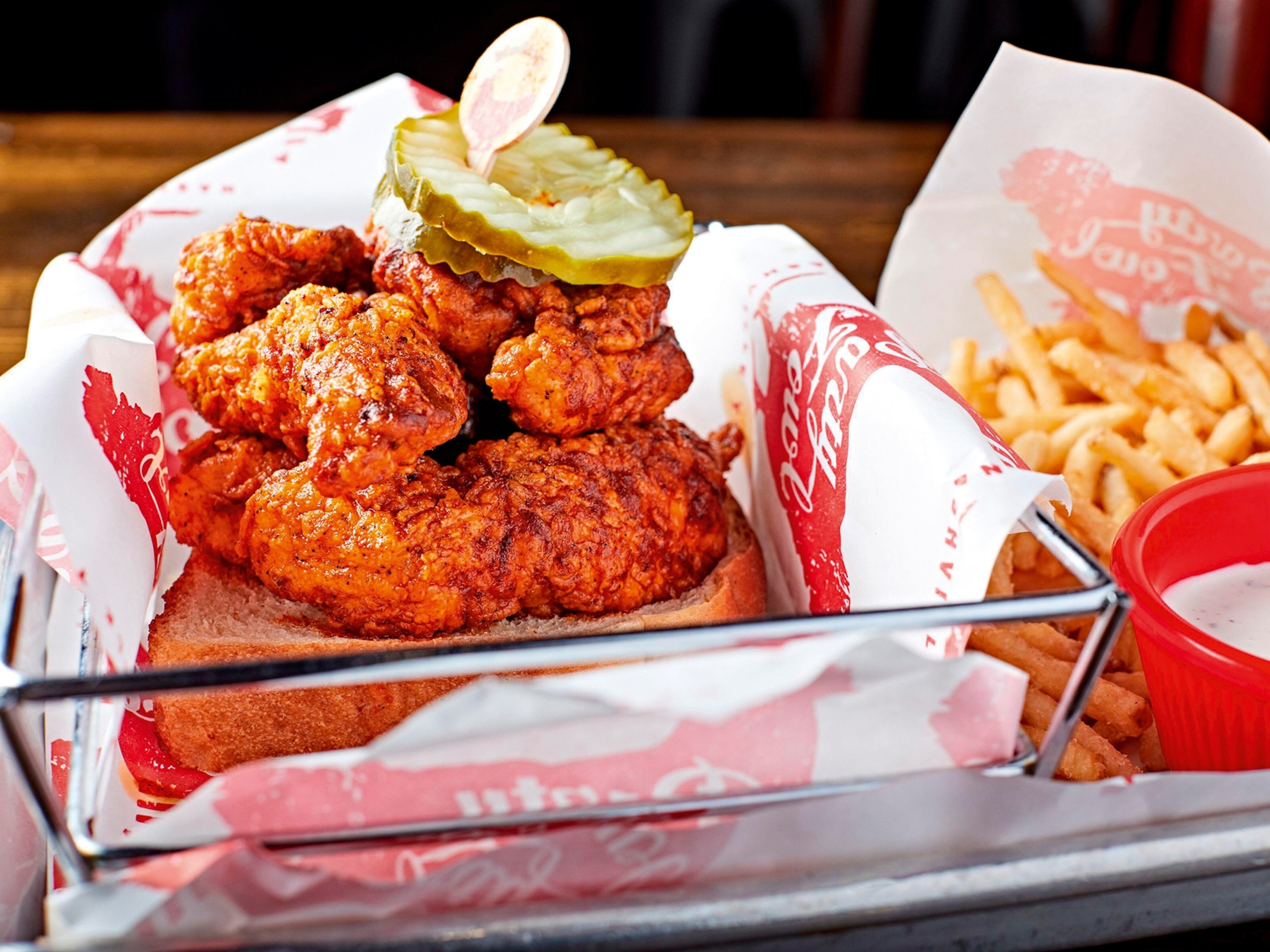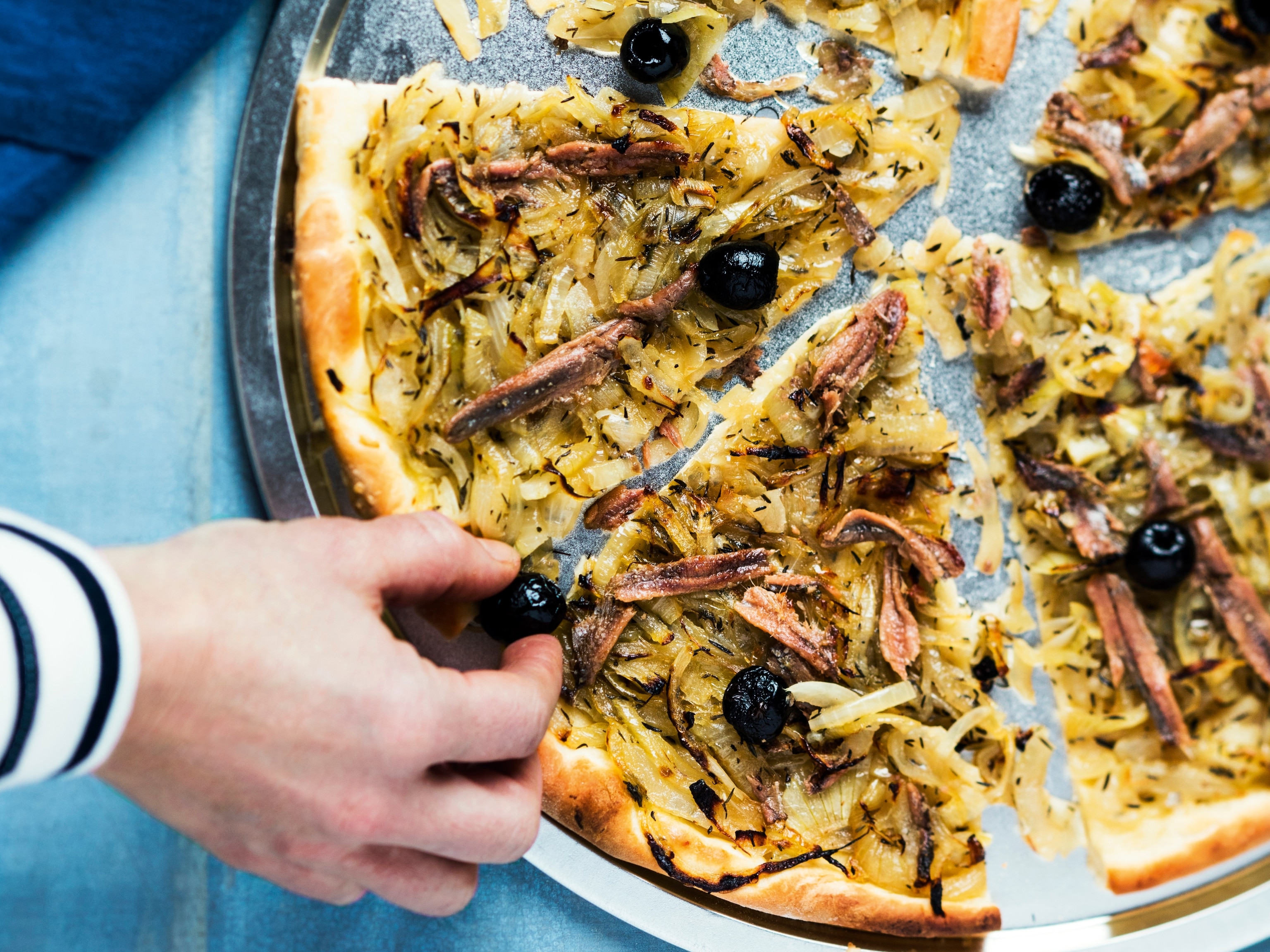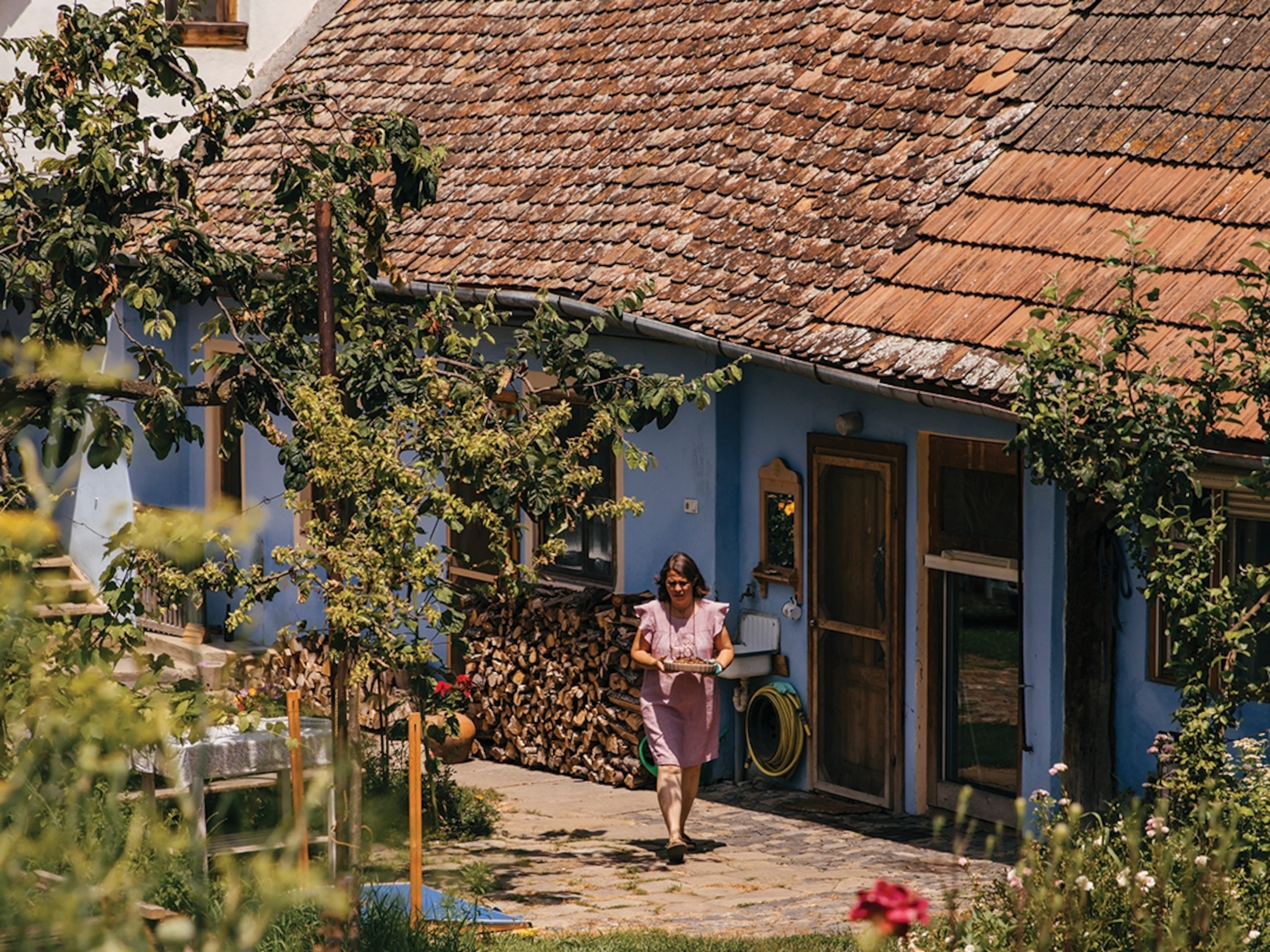
Are these the hottest chefs in the Southern states?
From an award-winning pitmaster to a Netflix sensation, meet the chefs breathing fresh life into their beloved Southern cuisine.
1. Mashama Bailey
Asked why travellers should visit The Grey, chef Mashama Bailey is quick to first pay homage to the city in which the restaurant is located. “Savannah is an important place to visit,” she explains, “because it’s one of the oldest port cities in America. A lot of culinary influences came here from other parts of the world.”
Her gift to the Georgian city of Savannah, The Grey has been a national sensation since it opened in 2014. Its name is a nod to its location — inside a former Greyhound bus station, which like many public places in the US until the mid-1960s was segregated — but also a symbol of things coming together, representing the area between colours, ideas and customs.
At The Grey, Bailey has zoned in on what’s local, seasonal and classic (she loves reading old recipes), yet she’s always willing to bring something new to the traditional — for example, adding Swiss chard and coconut milk to her sweet potato entree. Last June, this approach was recognised by the James Beard Foundation, which anointed Bailey as the nation’s Outstanding Chef.
Underpinning all of this is a refusal to accept the narrow stereotypes often associated with the cuisine of the South. “Southern food deserves a broader definition,” Bailey explains. “It’s viewed as celebratory and can be unhealthy. But it’s actually defined by the seasons and by vegetables and is quite sustainable. It can be wholesome and healthy.”
2. Sean Brock
While several US chefs are known for elevating Southern dining over the past decade, few have done it quite like Sean Brock.
Brock first made a name for himself at McCrady’s, a now-closed fine-dining institution in Charleston, South Carolina. His arrival there, in 2006, as executive chef rocketed him, the restaurant, and arguably Charleston’s dining scene, to national fame. He further enhanced his reputation at Husk, another Charleston establishment that showcased his refined Southern cuisine. In no time, Husk was being talked up as one of America’s best restaurants, while Brock went on to win awards, write a bestselling cookbook and be featured on TV shows such as PBS’s The Mind of a Chef and Netflix’s Chef’s Table.
Brock’s focus has since shifted from Charleston to Nashville, where he has his flagship Appalachian restaurant Audrey (named after his maternal grandmother) plus a tasting-menu concept restaurant called June; The Continental at Grand Hyatt Nashville; and a counter stand named Joyland, which serves comfort food.
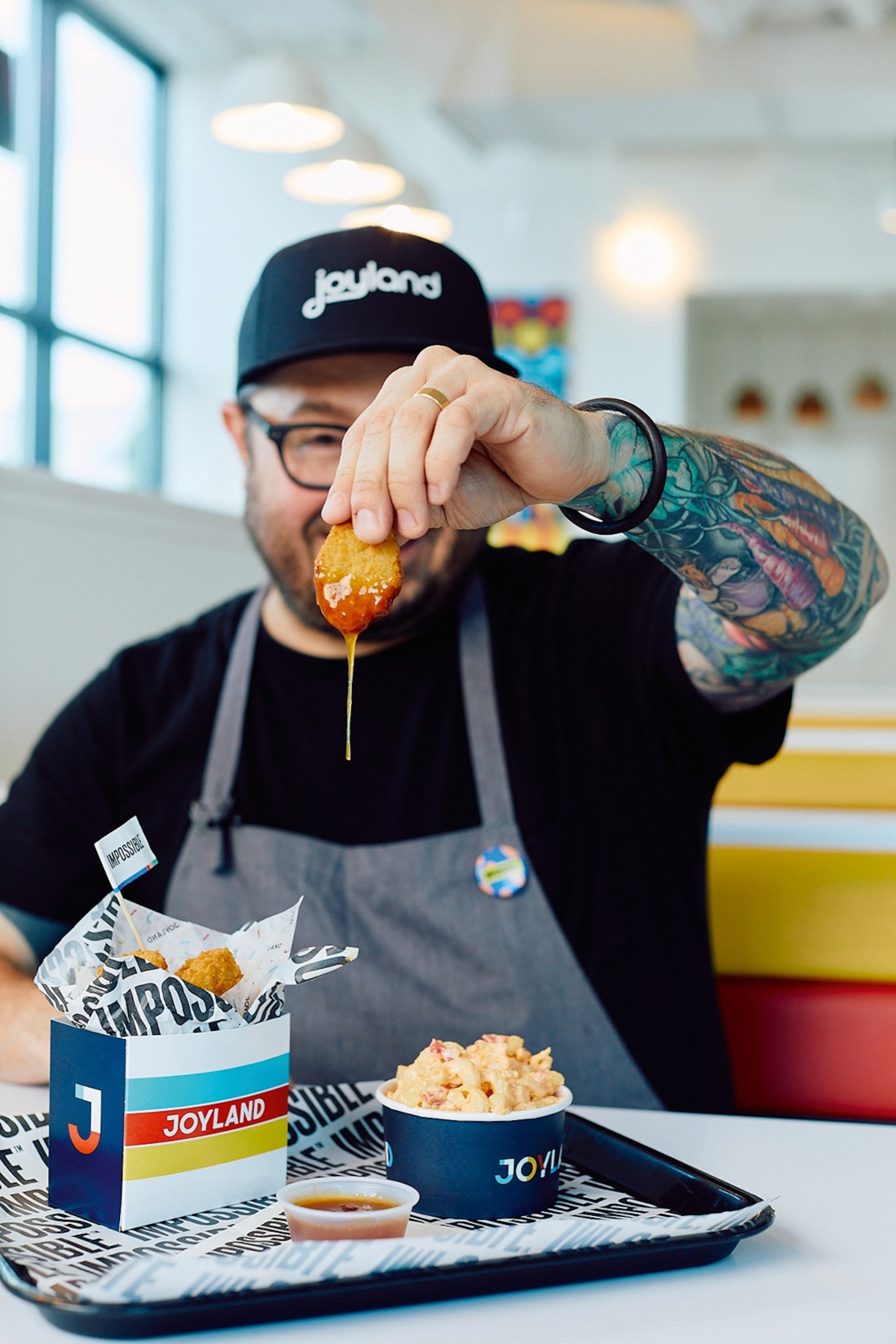
Whether it’s heritage pigs or heirloom produce like Sea Island red peas, Brock has a reverence for the region’s culinary heritage and is fascinated by the cultural, social and economic context of the cuisine here.
“Southern cuisine is a combination of various traditions and ingredients that have landed here from elsewhere or were, and are, Indigenous — the major contributors where I live and cook being Cherokee and West Africa,” he explains. “These ingredients and flavours will always be the foundation, regardless of how the cuisine may change over time.”
Brock was brought up in rural Virginia, in a town where seed saving was commonplace, a practice that’s long been an important part of his culinary credo. “The Jimmy Red Grits we serve at Audrey are near and dear to my heart,” he says. “I was gifted a handful of seeds 15 years ago, when only a few people had them. Now we serve them every night. Once I decided to save seeds, especially nearly extinct seeds, I realised what an important story we have to tell about our culture. You may hear about a varietal of corn that survived the Trail of Tears [the forced migration of the Cherokee people between 1830 and 1850]. When I eat food that’s attached to hardship, I could not have more respect for those people or their food. This fuels passion and respect, so that’s how we cook.”

Meanwhile, in his culinary laboratory at June, Brock continues to explore new avenues for Southern food, studying the likes of flavour volatility and aroma compounds in the pursuit of new flavours.
“My goal as a chef is to squeeze as much deliciousness as possible from these extraordinary ingredients,” he says. “I like to create dishes that start conversations. These ingredients are what this place tastes like.”
3. Rodney Scott
There’s an almost sacred reverence for barbecue in the South — and South Carolina native Rodney Scott is one of its best-known disciples.
He began cooking as a teenager, at the family business, Scott’s Variety Store, in Hemingway. The store contained a small restaurant, Scott’s Bar-B-Que, where he’d go on to master the craft of preparing barbecue from scratch, burning wood down to make coals and cooking meats slowly over those open coals in a smokehouse. He also learned the importance of patience, constantly monitoring heat levels and using a mop to infuse meats over several hours with vinegar-based sauce.
Scott’s Bar-B-Que has been in business for over 50 years, attracting locals and travellers with its pit-style whole-hog barbecue. “The way we do it, cooking direct with the skin-side-up process, the fat renders down into the hot coals, and that fat flavour steams right back up into the hog for the entire time it’s cooking,” he explains. “So we get the natural juices of the wood, the light smoke, the fat, all combined into this protein. And the cayenne pepper, black pepper and lemon juice we use in the sauce kind of complements what’s already flavoured by the animal itself.”
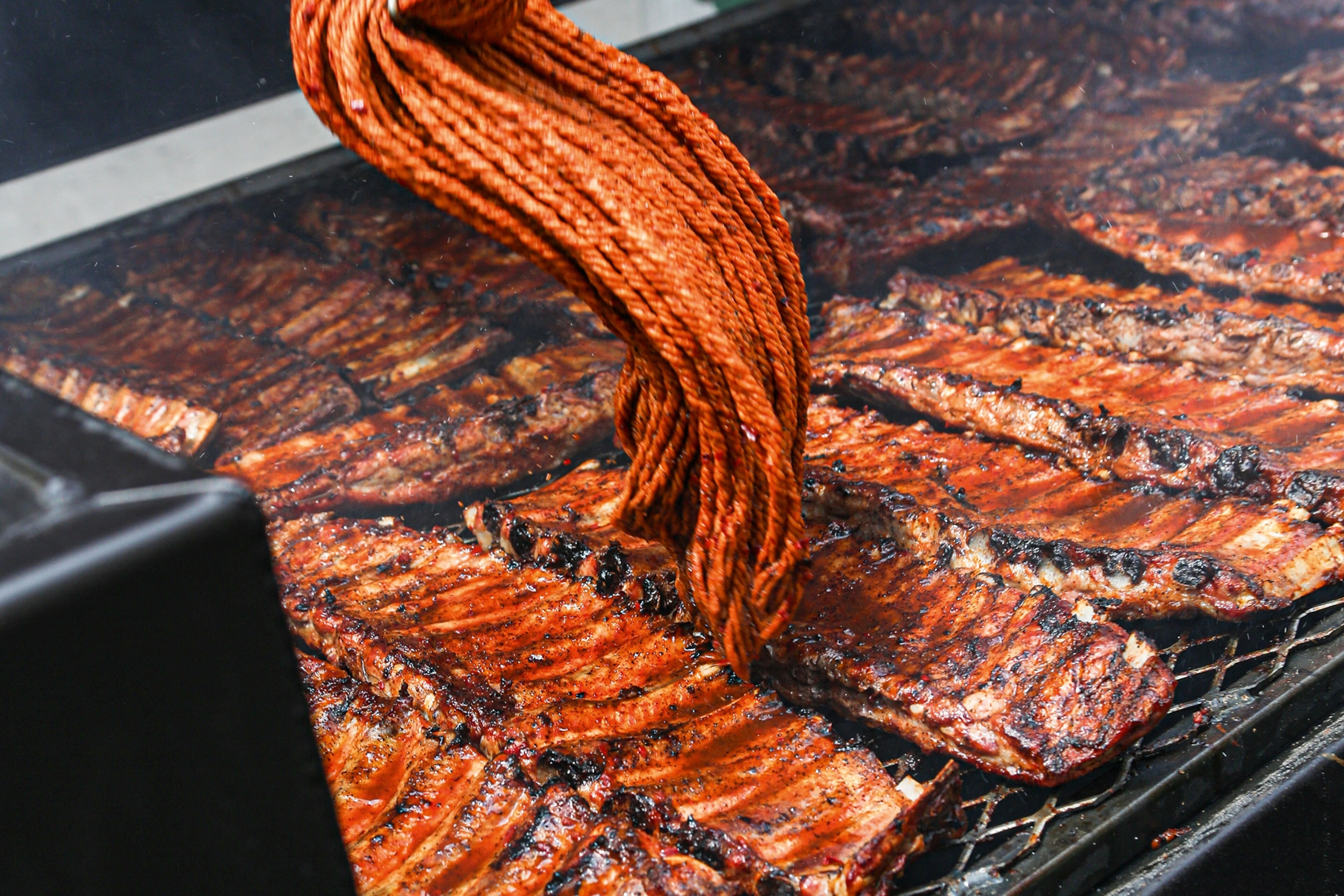
In 2017, Scott launched Rodney Scott’s Whole Hog BBQ in Charleston. He’s since expanded to four more locations in Alabama and Georgia, and plans to open in Nashville. And he intends to keep spreading the joy of barbecue far and wide.
4. Ashley Christensen
“Southern cuisine, like most cuisines, can’t be easily defined,” says chef Ashley Christensen. “I believe three of the defining characteristics are the ingredients that grow here, the very complex history of how those ingredients got here and the diverse experiences that inform the perspective of every person who’s ever cooked in the South. And this is constantly changing and evolving.”
A native of North Carolina, Christensen describes food as the most connective version of storytelling. She sees herself as part of a narrative about where the South has been and where it’s heading.
“I think our restaurants are best known for the classics of comfort, executed at a very high level of deliciousness and warmth,” she says, defining the feeling as “when food makes you feel considered and cared for, beyond just tasting great”. It’s an approach that’s won her multiple accolades, from being named the best chef in the South by the James Beard Foundation in 2014 to being voted outstanding chef among nationwide peers five years later.
Christensen opened her flagship restaurant, Poole’s Diner in Raleigh, 15 years ago. One of its most famous dishes is the mac au gratin, a cheesy macaroni dish she says “blows the doors off of people’s expectations”. She’s just as proud of Poole’s house-made vinaigrettes, which “open up” the vegetables they dress.
Meanwhile, next door, at Poole’side Pies, wood-fired pizzas and fresh pastas are the main fare, all executed with masterful technique. It’s the newest and perhaps most playful of her five restaurants, with an interior inspired by swimming pools, right down to the double diving board above the counter. Both restaurants are anchored in a belief that even the most popular comfort foods can defy and outperform their perceived limitations.
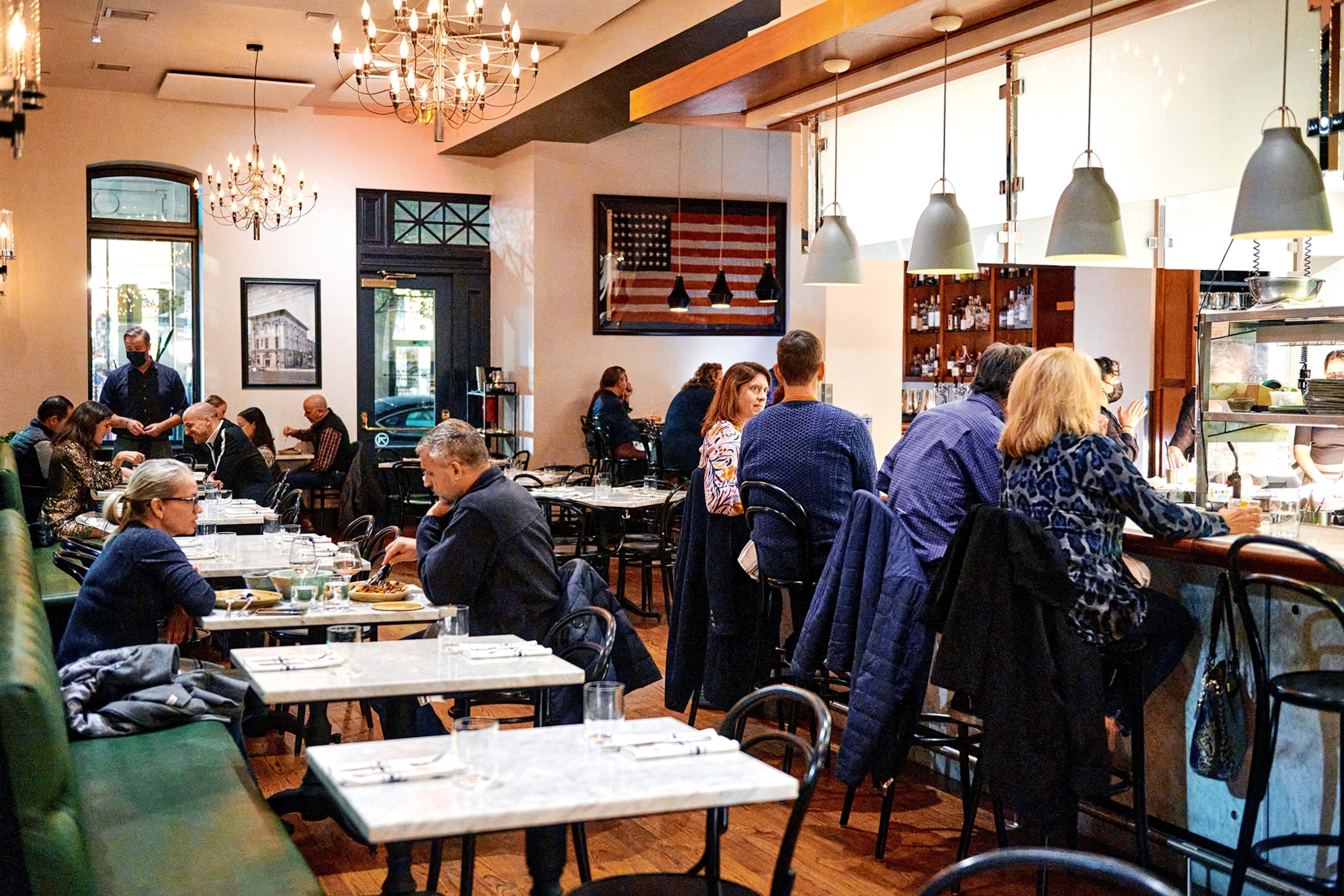
At her other restaurants, staples such as the brined, buttermilk-dipped, dredged and pressure-fried chicken at Beasley’s Chicken + Honey, or the ember-roasted North Carolina oysters with chili butter at Death & Taxes, bear a similar signature.
Her father, from the Bronx, New York, was a long-haul truck driver who loved to try different foods along his routes. A self-taught cook, he constantly sought to recreate his roadside dining experiences. Her mother, from Memphis, Tennessee, was taught to cook by her grandmother, but spent years of her childhood in England and Japan. All this helped Christensen develop her one-of-a-kind cooking style.
“I take classic dishes and (mentally) throw them into a sort of exploded drawing of ingredients and steps,” she says. She then puts them back together, with respect to the origins and traditions of each dish. “The desired outcome,” she says, “is to make people feel welcomed by their familiarity with what connects them to the dish, but to then far exceed their expectations of the experience.”
5. Vishwesh Bhatt
If you’re ever visiting Oxford, Mississippi, and you spot a restaurant named Snackbar, don’t be fooled. This simply named place is run by Vishwesh Bhatt, one of the most talented chefs in the US whose brilliance in combining flavours — both from the South and around the world — has attracted visitors from far and wide.
Bhatt describes Snackbar as a neighbourhood brasserie. “Once you walk in, it feels like you're in a different world,” he says, in a nod to the pub-like decor. “The idea is to make it comfortable. We like to think of ourselves as Oxford's living room.”
Oxford is a small town with a big footprint. As the home of the University of Mississippi (aka ‘Ole Miss’), it has a legacy of academia and a storied history of literature. Bhatt sees the food at Snackbar as being part of that history. “Mississippi can be a very creative and diverse place if you look in the right places,” he explains.
A native of India, whose father taught at Ole Miss, Bhatt represents that combination of diversity and creativity with dishes such as pakora stuffed with large Gulf shrimp and served with sweet and spicy tomato sauce.
His tip to visitors is to always look at Snackbar’s daily specials, made in limited quantities from whatever comes in. “It could be really good fish, or it could be nice pork loins from our local pig farm. And catfish has been on the menu from the beginning, because it's a big cash crop for Mississippi Delta farmers. So, whatever catfish dish is on the menu, it’s always worth a shot.”
As for the South, Bhatt is a firm believer that the region he calls home is the most exciting place to eat in the US. “I think Southern food is true American food,” he says. “From its inception, the South has been the most diverse place in America. I think it's the engine that drives all food innovation. It’s such a fun place to be if you want to eat right now.”
To subscribe to National Geographic Traveller (UK) magazine click here. (Available in select countries only).
